With so many brands, models, and styles of running shoes to choose from, it’s easy to feel overwhelmed when it’s time to buy a new pair. With this running guide, we’ll walk you through everything you need to know to pick out the best pair that’s right for you.
Finding the best-fitting shoe among the numerous choices at your local running store isn’t always easy. To ensure you walk out a happy customer, you need to make sure the shoe fits properly from heel to toe and that it feels comfortable with your regular running stride. The same goes for shopping online. Most retailers will offer a risk-free trial period so you can still lace up your shoes and head out for a test run, like you would at the store. (Just double check the return policy, and always keep the box in case you do need to send them back or swap sizes.) Whether you’re buying your first pair or your fiftieth, browsing online or in-person, we’re here to help.
Some people run for health and fitness, some for weight management, others, simply because they love it. The reason is not as important as the “how” – how do you do it comfortably, how do you prevent injury, how do you support and improve upon existing body conditions? Surprisingly, many of these can be answered by the simple inclusion of the right pair of running shoes – but how will you know that a pair is right for your needs?
The Asics stores across AU stock a vast array of shoes, and while the staff is equipped to help you navigate any questions you may have, the final responsibility to ensure that the pair you end up with is right for you, rests on you. Asking questions and carefully considering all your options will help you to find not only a pair that fits well, but which protects you against all preventable injuries.
Where do you like to run?
The surfaces on which you find yourself running regularly play a bigger role in determining the type of shoes you should buy than you might believe. It is obvious that running on a road surface is very different from running on a trail, and if you do not wear the right shoes for the surface, you put yourself at risk of fatigue and injury. All the right kinds of shoes are out there – it’s a matter of making the correct diagnosis to decide which you need!
Why do the differences matter?
Shoes for different surfaces are designed to accommodate these varying textures. Shoes that are designed for the road can deal with the impact of tarmac and its abrasive properties, while taking into account that road running is a fairly repetitive activity with very few predicted irregularities. Hard flat soles are designed to take the road in your stride (pardon the pun), while providing just the right amount of support.
On the other hand, trail running will require a pair of shoes that can not only deal with mud, stones, sticks, roots, and rocks, but which will still provide stability and grip to the foot while navigating these obstacles.
Many trail running shoes come equipped with an additional sole plate that prevents rocks, thorns, and other potential dangers from poking through the sole of the shoe. Trail running shoes also have significant lugs, that assist the runner with gripping onto unstable surfaces.
Cross-training shoes are a midway match between these two categories, and are interchangeable between mild outdoor activities and the gym environment.
How important is cushioning?
Most Asics stores in Australia have trained their staff in the basic knowledge needed to assist you with any questions, but remember that the more knowledge you have before even entering the shop, the better off you’ll be when it comes to making decisions.
Cushioning plays a bigger role in the decision making process than you might realize, and understanding how cushioning affects the wear and tear of the shoe, as well as the overall performance, will put you in the driver’s seat for making the best decisions for you!
Particularly In the midsoles, cushioning makes a significant difference. Although they come in different thicknesses, you should remember that each thickness is there for a reason, so make sure you know what you are looking for before buying. The thicker the cushioning, the softer the ride will be, but you will be sacrificing some road-feel under your feet. Thinner cushioning provides less support, but a more accurate representation of the road experience.
What types of cushioning can I pick from?
The thickest padding you can get over the midsoles, is maximum cushioning. These soles are highly cushioned and very comfortable, and can be worn for both running and everyday wear.
Medium cushioning is the midway type, and probably the most commonly-occurring type. It is neither too soft and springy, nor too sparse. This type of cushioning is great for multipurpose use, and is commonly found in the shoes of informal runners, and it is seldom used in specialized models.
Minimal cushioning is the reserve of those who like to feel the road under their feet, or a more minimal feel. This type is also said to support the runner’s natural gait without too much interference.
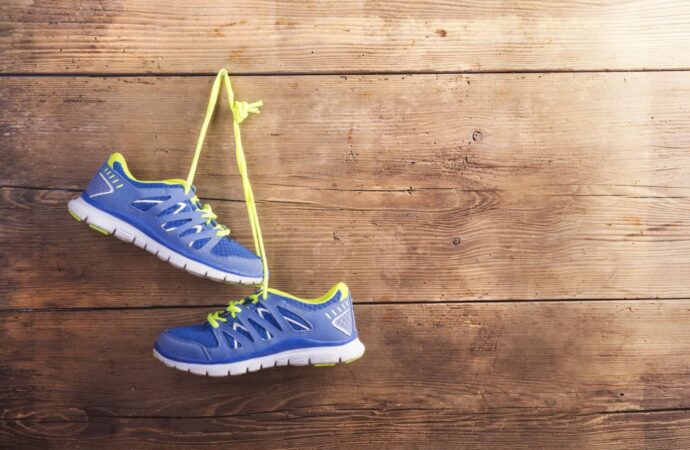
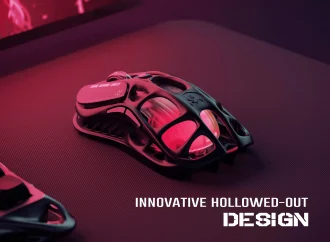

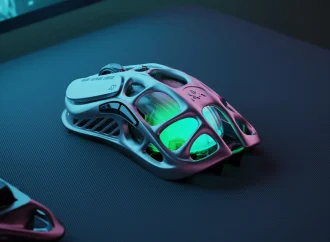
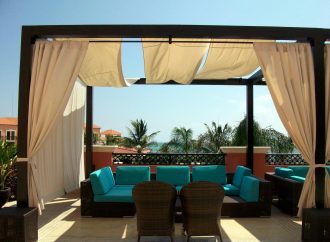

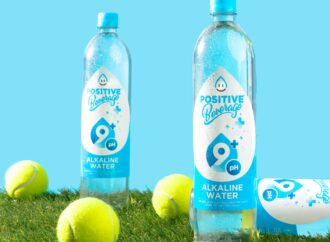
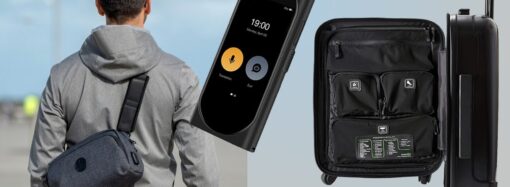
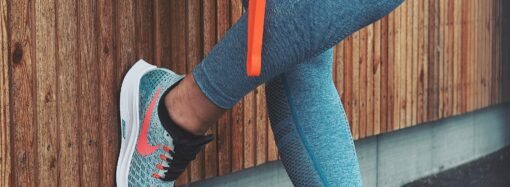





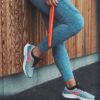

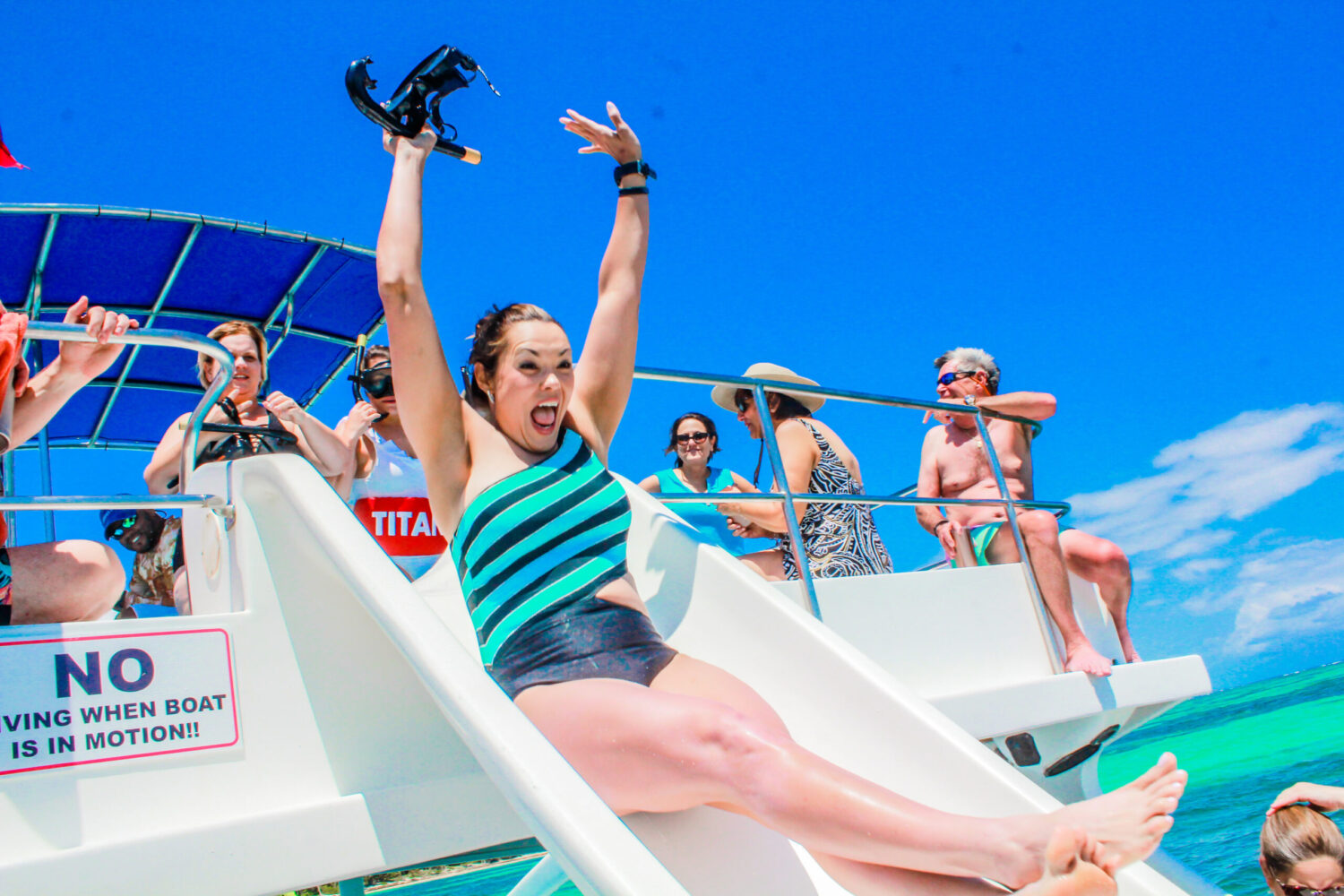


Leave a Comment
Your email address will not be published. Required fields are marked with *